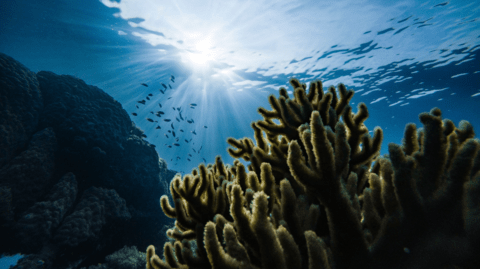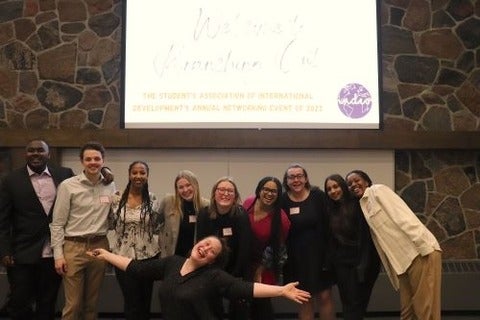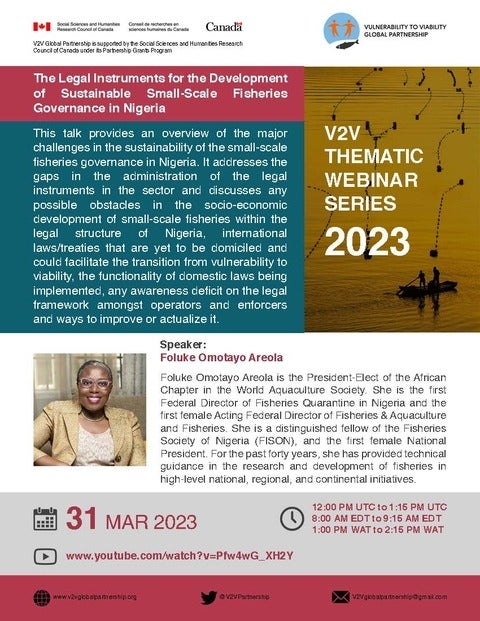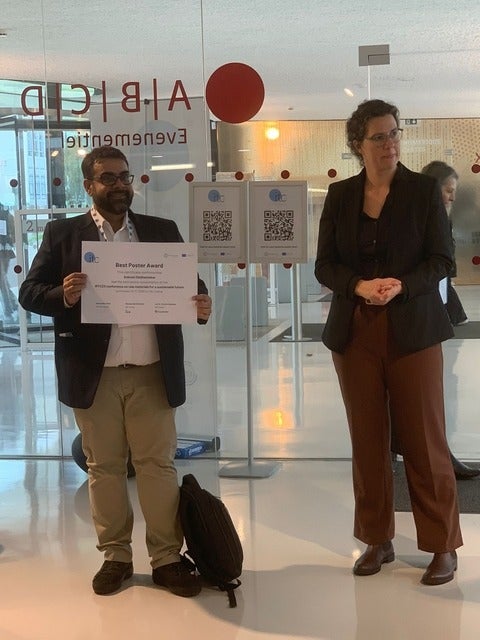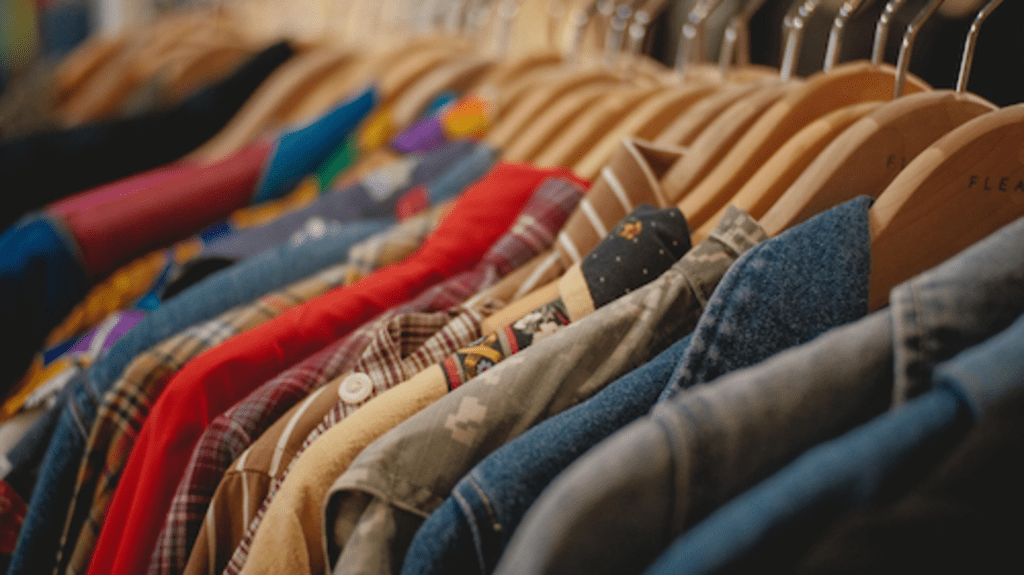V2V Thematic Webinar in May
Based on a recently concluded study Illuminating Hidden Harvests (IHH): the contributions of small-scale fisheries to sustainable development, this webinar uncovers the contributions and impacts of small-scale fisheries through a multidisciplinary approach to data collection and analysis. It aims to contribute to a more holistic understanding of what small-scale fisheries are, their importance, why they are essential for efforts to achieve the SDGs. By using this knowledge wisely within a human rights-based approach in line with the SSF Guidelines, and by empowering small-scale fishers and fishworkers, a more inclusive, equitable, sustainable and resilient small-scale scale fisheries subsector can be achieved, supporting the transition from vulnerability to viability. Click here to view an infographic on this context.
Title of the Webinar: The Transition From Vulnerability to Viability Through Illuminating Hidden Harvests
Date: May 26, 2023 (Friday)
Time: 12:00 PM to 1:15 PM UTC (8:00 AM to 9:15 AM EDT - 2:00 PM to 3:15 PM CEST - Convert to your local time here)
Speaker: Nicole Franz | Equitable Livelihoods Team Leader at FAO (Food and Agriculture Organization of the United Nations) Fisheries Division
YouTube link: https://www.youtube.com/watch?v=Hdr0tNWk_hM (watch this webinar live and participate in its Q&A session)
Click HERE or see the attached poster for more details about this webinar.
